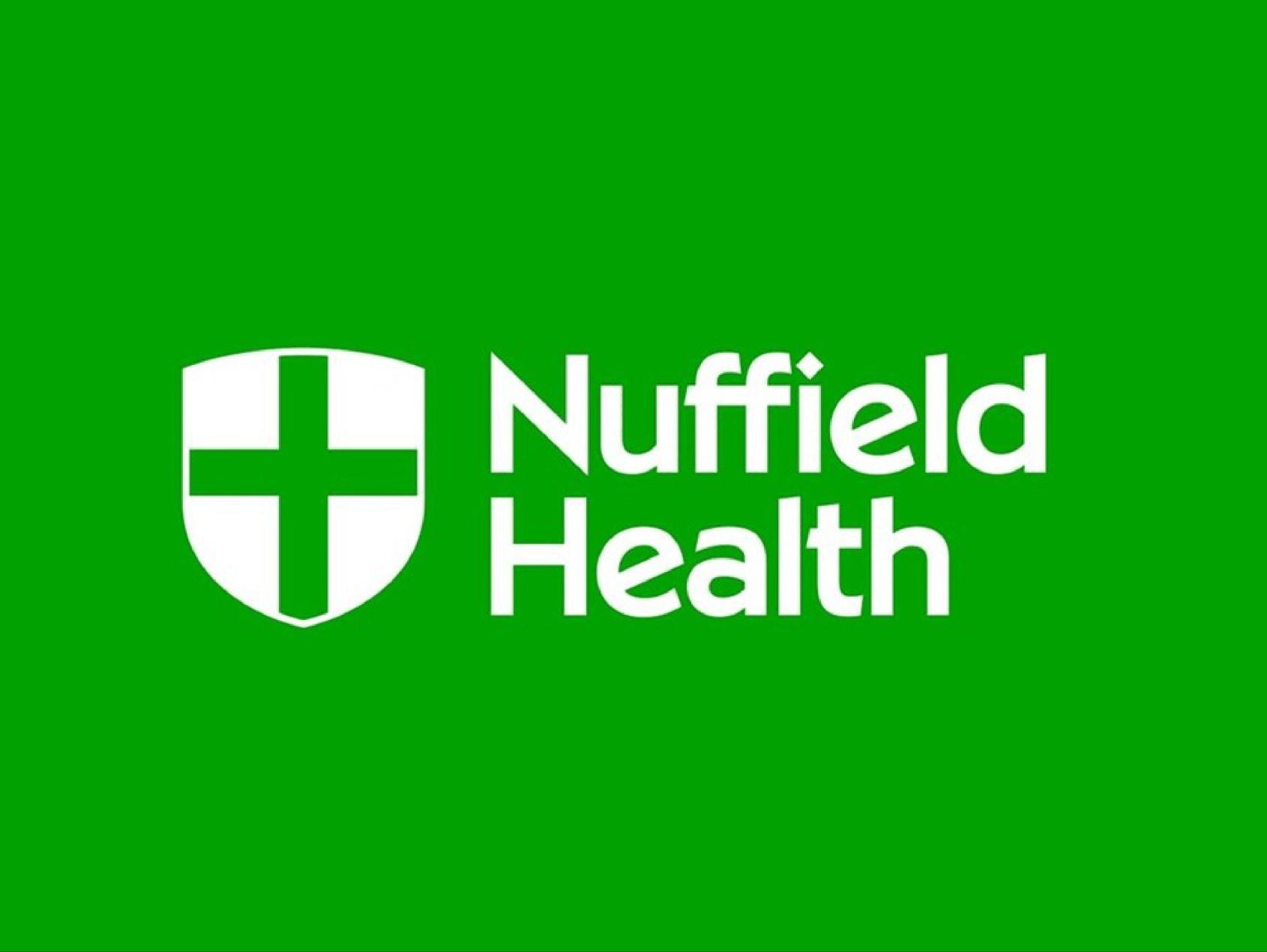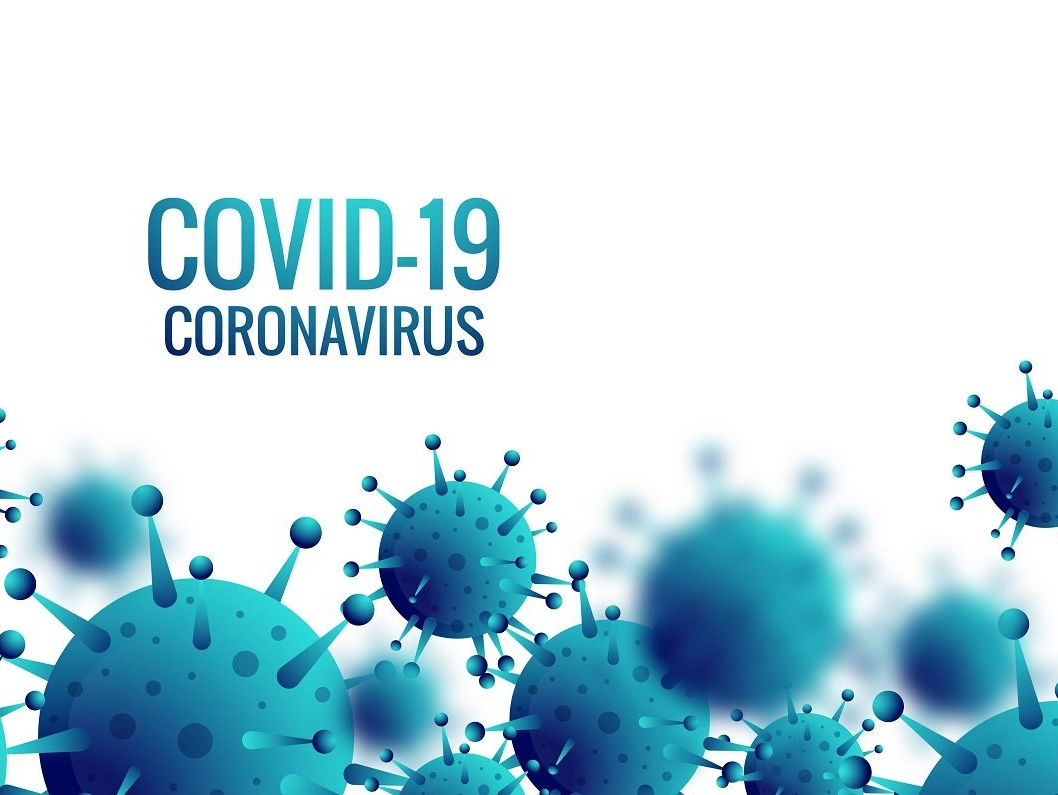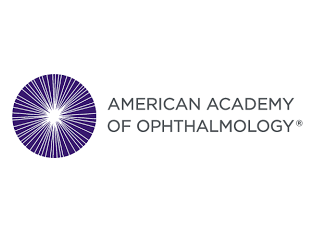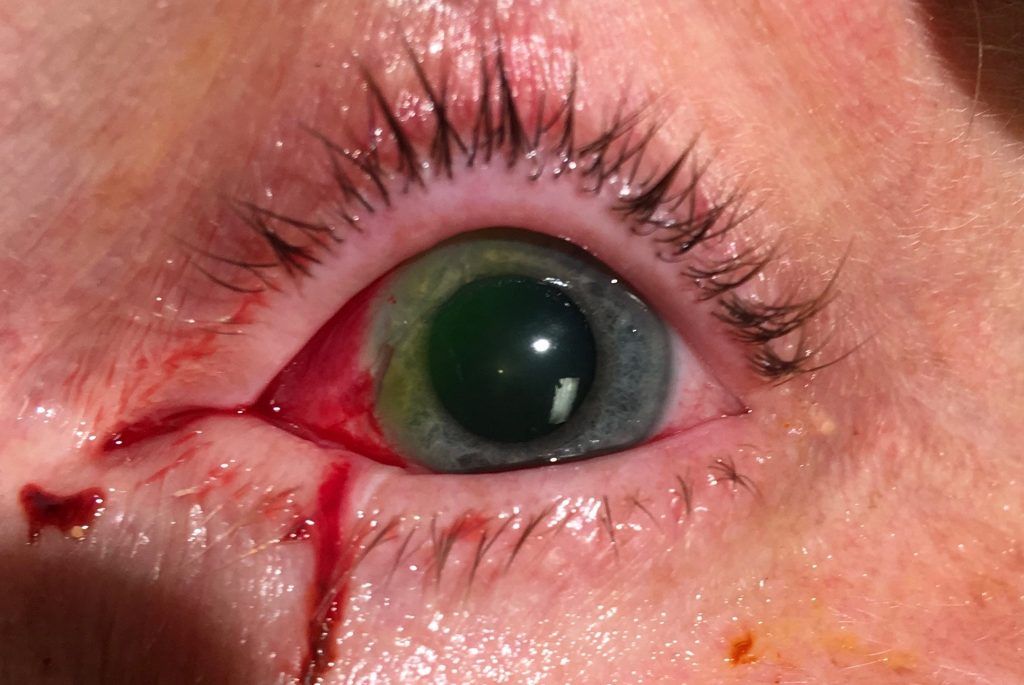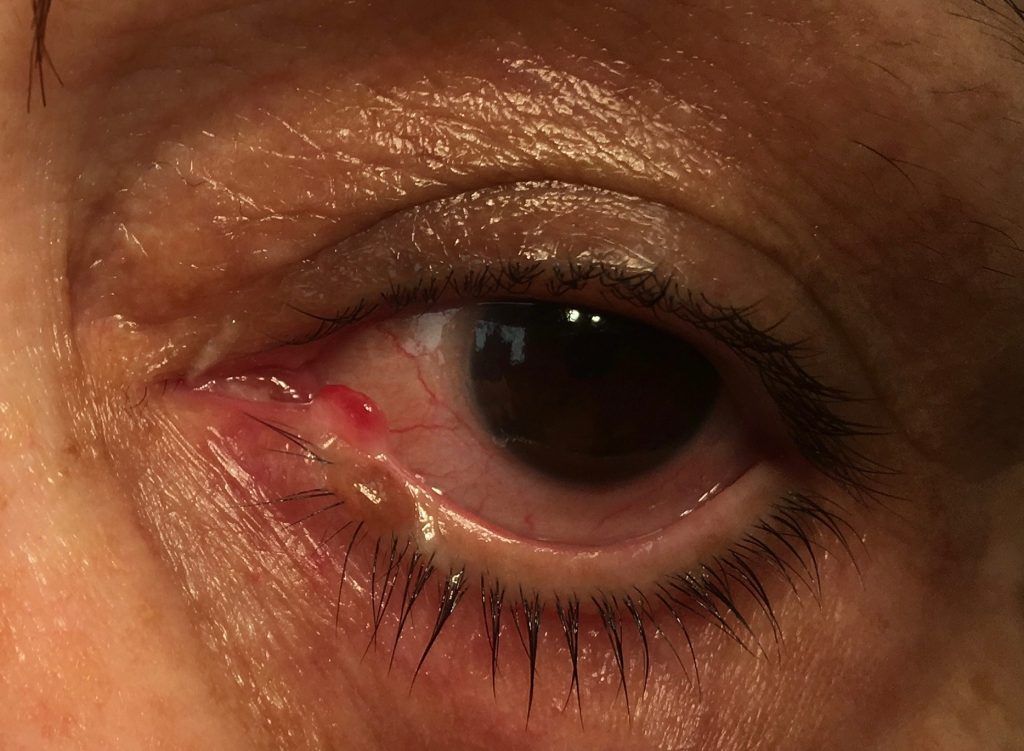The Next Trial
The last week was eventful as the previous one. To the degree that I’m writing the blog before the main mayhem arrives.
The main theme of this blog is – make the most of your good health, things can be so much worse!
A train journey to visit my good and previously very fit birding friend (age 61) on a South London Neurosurgical ward focussed my attention on how short and unpredictable life is. One day you are producing a lovely painting in preparation for the Bird Fair and the next month, you are in a coma. Make the most of each day, all of us are only given a limited number.
Boarding the 18:00 electric train from Newcastle to Kings Cross was supposed to make the trip comfortable and hassle free. Unfortunately, our train didn’t pull into King’s Cross till 7 hours and 50 minutes later; the power cut that affected the south east melted down the network and meant we had to board a diesel run train to complete the journey.
The positive aspect of the trip was that I got to read a couple of journals.
One of the most interesting papers showed evidence that exercise not only reduces the risk of dementia but also the risk of glaucoma. I was interested to see a further debate on ‘phasing’ – the regular measuring of intra-ocular pressure in patients with glaucoma throughout the day to detect pressure spikes.This was normal clinical practice 20 years ago,and it seems to be getting a revival.
3 glaucoma trials – ZAP, EAGLE and LIGHT were discussed. The outcomes suggesting that in acute angle closure glaucoma, laser treatment to the unaffected eye was of no benefit within the first 3 years of the trial but showed moderate benefit at 6 years. EAGLE showed that early lens removal was the preferred treatment for patients presenting with high pressures with narrow angle glaucoma. LIGHT looked at Selective laser Trabeculoplasty (SLT) followed by medical treatment versus conventional medical treatment alone. It seems that SLT is the preferred initial management of patients with open angle glaucoma or ocular hypertension.
Other advances include the recent trials on Bimatoprost implants adequately controlling intraocular pressure for 4 months in 90% of patients and 70% of patients for 6 months.
Disappointingly the Eye News cataract survey did not shed any light on the number of respondents involved.These were the most interesting results from their survey.
In all 3 questions , my practice was in line with the majority of ophthalmologists. Surprisingly the majority of opinion was really not anything as weighted as one might imagine.
Q1. What do you use for pre-op prep if the is allergic to iodine?
88% of doctors used Chlorhexidine as the next best thing. I do too but I have always been extra concerned about the risk of endophthalmitis ( infection inside the eye) post operatively , as Chlorhexidine is inferior to Betadine ( an iodine based prep cleaning solution) at preventing endophthalmitis. I was particularly interested in the 6.5 % of respondents who didn’t believe in a Betadine allergy. Clearly an area for greater focus if this is true.
Q2. Assuming the other eye reaches the driving visual threshold, how long do you tell patients not to drive for after cataract surgery?
I am with the 30% of ophthalmologists who would let patients drive the next day if the patient didn’t have significant imbalance between the 2 eyes but there was a wide spread of opinions including 5% who wanted new glasses made up first , and 18% suggesting they shouldn’t drive for 2 weeks post op.
Q3. Assuming the other eye does not reach the driving visual threshold , when do you tell patients they are fit to drive after cataract surgery?
Once again I was with the majority. The 52% said as soon as the patient can read a number plate at 20 metres in the operated eye. 25% wanted patients to wait 2-4 weeks and 13% wanted the patient to be reviewed by an optician or in the clinic prior to being deemed fit.
Lastly but not least, an Editorial from the American Academy of Ophthalmologists about Dry Eye Disease (DED).This article highlights what has been blatantly apparent to doctors treating these patients – the patient reported symptoms are not proportional to the signs the ophthalmologist sees.Sometimes the symptoms are far worse than the signs we see and sometimes the signs are far worse than the symptoms experienced.They have suggested that the pathology is in the corneal nerves and our current treatment may only be helpful because they protect corneal nerves and improve their function. This concept opens up new ways in managing patient with DED and avenues for understanding ,assessing and hopefully addressing these common and sometimes disabling symptoms.
The post The Next Trial appeared first on Eric Barnes | Newcastle Eye Surgeon.

